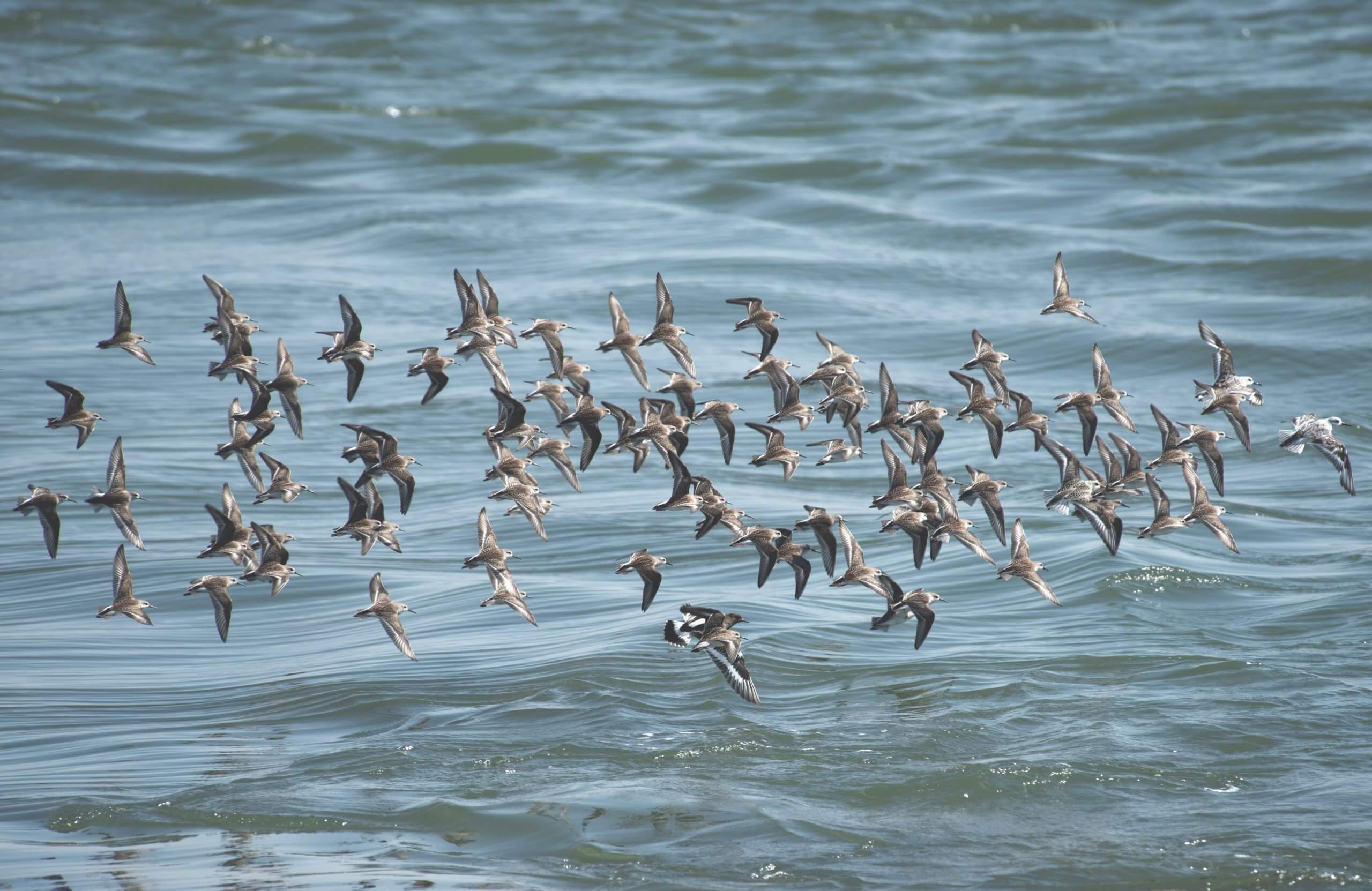Over the past few weeks, since we published “Navigating the Rules of Scientific Engagement” in PLOS, the voices of scientist communicators have rung out in blog posts – some personal perspectives and others calls to action. Even more chimed in on Twitter under the hashtag #reachingoutsci. These scientist bloggers are as diverse as their topics. I consider every one of them a leader.
Over the past 12 years as a communication trainer for the Leopold Leadership Program, and as a coach for many scientists, I have observed an intrinsic link between communication and leadership. As I wrote in a past Nature Comment:
“It’s no coincidence that environmental scientists who lead the pack, both within academia and beyond, are good communicators. These scientists know how to articulate a vision, focus a debate and cut to the essence of an argument. They can make a point compelling, even to those who disagree. They talk about their science in ways that make people sit up, take notice, and care.”
I have also witnessed that, as scientists work toward becoming more effective communicators, they increasingly move into realms of leadership. When I look back at the early days and the scientists I have worked with this is evident in their trajectories.
When you stand up and speak out – to the media, or policymakers, or you write an opinion piece or blog post – it is like a drop of water hitting the surface. It sends out ripples with unexpected repercussions – often, good ones. Doors may swing open, new opportunities may arise. You will meet new people and make new connections. Yet there are also challenges. Being a leader also means learning how to deal with the criticisms that arise, and keeping on keeping on. One thing, however, is clear – putting yourself and your science out there is a form of practice, learning, and giving. And, by giving in that way it will somehow come back to you… thus a spirit of good intent is important.
Leaders come in all shapes and sizes – and they are not necessarily flashy. There is no single way to be, no single destination. It’s really a process of exploration, experimentation and finding your own voice. And while communication is a critical aspect of leadership, there are other qualities as well.
Here are the 10 key attributes that I see in scientist leaders – scientists who are making their science matter:
- They have a vision – and can articulate it.
- They are passionate. But don’t necessarily wear it on their sleeve.
- They work hard at communication… even if they make it look deceptively easy.
- They are generous and think beyond their own work to support others.
- They take risks and are willing to fail – sometimes publicly.
- They are resilient. And pick themselves up and keep on going when they fall.
- They are self-examining and adaptive.
- They seek solutions. And address the “so what” so people care.
- They have a fun factor or some kind of charisma – but are not necessarily extroverted.
- They are persistent. Patience eventually pays off.
While these ten things make a leader, not everyone will have all of these qualities. But most, in my experience, have many. Do you agree or disagree? I’d love to know. And who, as a scientist communicator and leader, is currently inspiring you?


